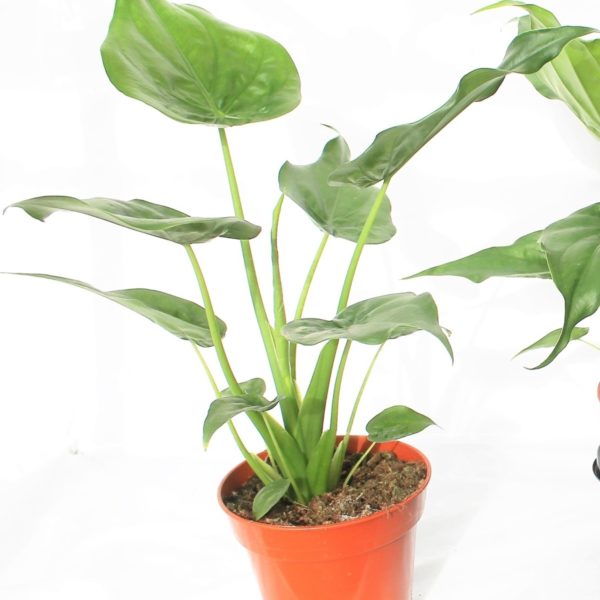
ALOCASIA cucullata Tuber Turn it Tropical
Also known as the Chinese taro, buddha's hand, Chinese ape and hooded dwarf elephant ear. The Alocasia Cucullata is native to the tropical forests of Southeast Asia. LIGHTING Alocasia Cucullata prefers bright but indirect light. Keep Cucu out of any direct sunlight which will cause Cucu's foliage to burn and wilt. Place Cucu a metre away from an east or west-facing window or near a north.

Alocasia Cucullata Persoon Potplanten
Temperature Range. The Alocasia Cucullata prefers a warm environment, ideally within the temperature range of 60°F to 85°F (15°C to 29°C). It doesn't tolerate cold well and any extreme fluctuations in temperature can cause stress to the plant, potentially impacting its overall health and appearance.

Alocasia Cucullata Nature Nursery Central India's Biggest Nursery in Indore
Alocasia cucullata care is simple as it is a durable plant that is easy to grow, propagate, and maintain. This plant from the Alismatales plant order is an evergreen, dazzling plant with characteristic showy, heart-shaped leaves.. Plant experts associate the lush green foliage of Alocasia cucullata with creating a sensation of peace and tranquility that you will definitely want to experience.
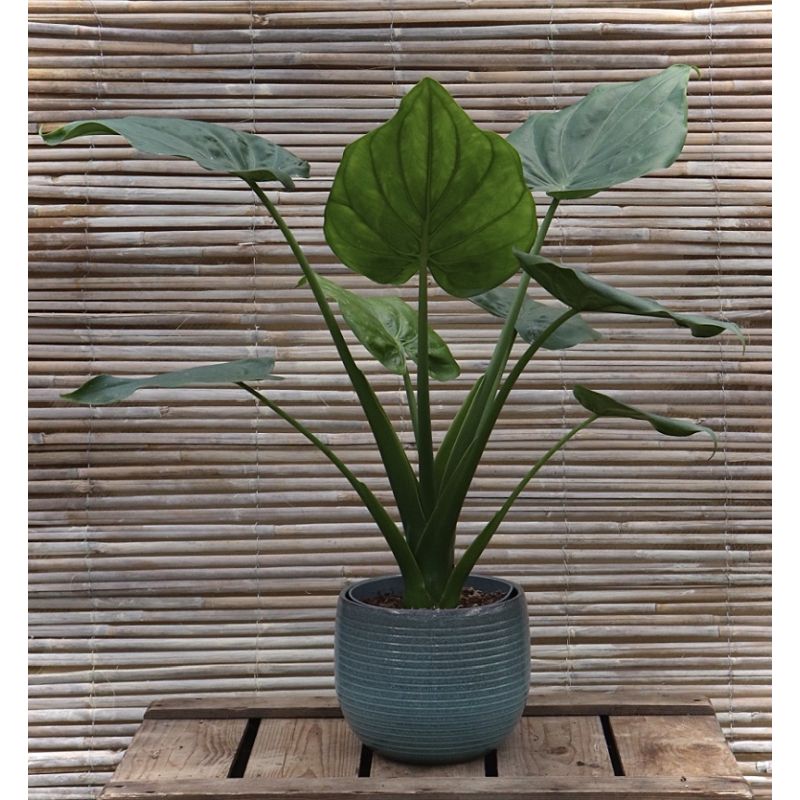
Alocasia cucullata Indoor Plants Aylett Nurseries
L'Alocasia Cucullata est une plante facile d'entretien. Elle a cependant besoin d'une bonne luminosité pour s'épanouir pleinement. En effet, lorsqu'elle est mal orientée, ses feuilles auront tendance à se retourner pour aller chercher un maximum de lumière. C'est plante qui apprécie une lumière vive à modérée sans soleil.
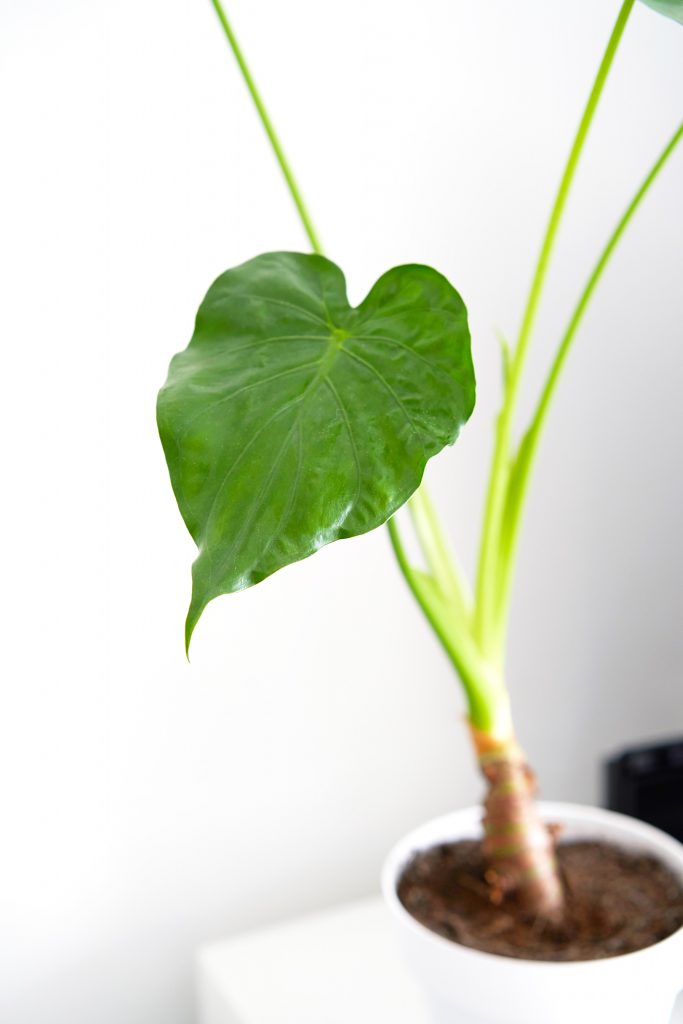
Tout ce que vous devez savoir sur l'Alocasia Cucullata MyLittlePlant
Taking root cuttings from Alocasia. Remove the plant from its pot and use sharp scissors to cut pieces of thick, fleshy root around 10cm long. 2. Lay the root cuttings on compost. Laying Alocasia root cuttings on compost. Mix peat-free compost with perlite (around a ratio of 70:30) and firm it into a tray.
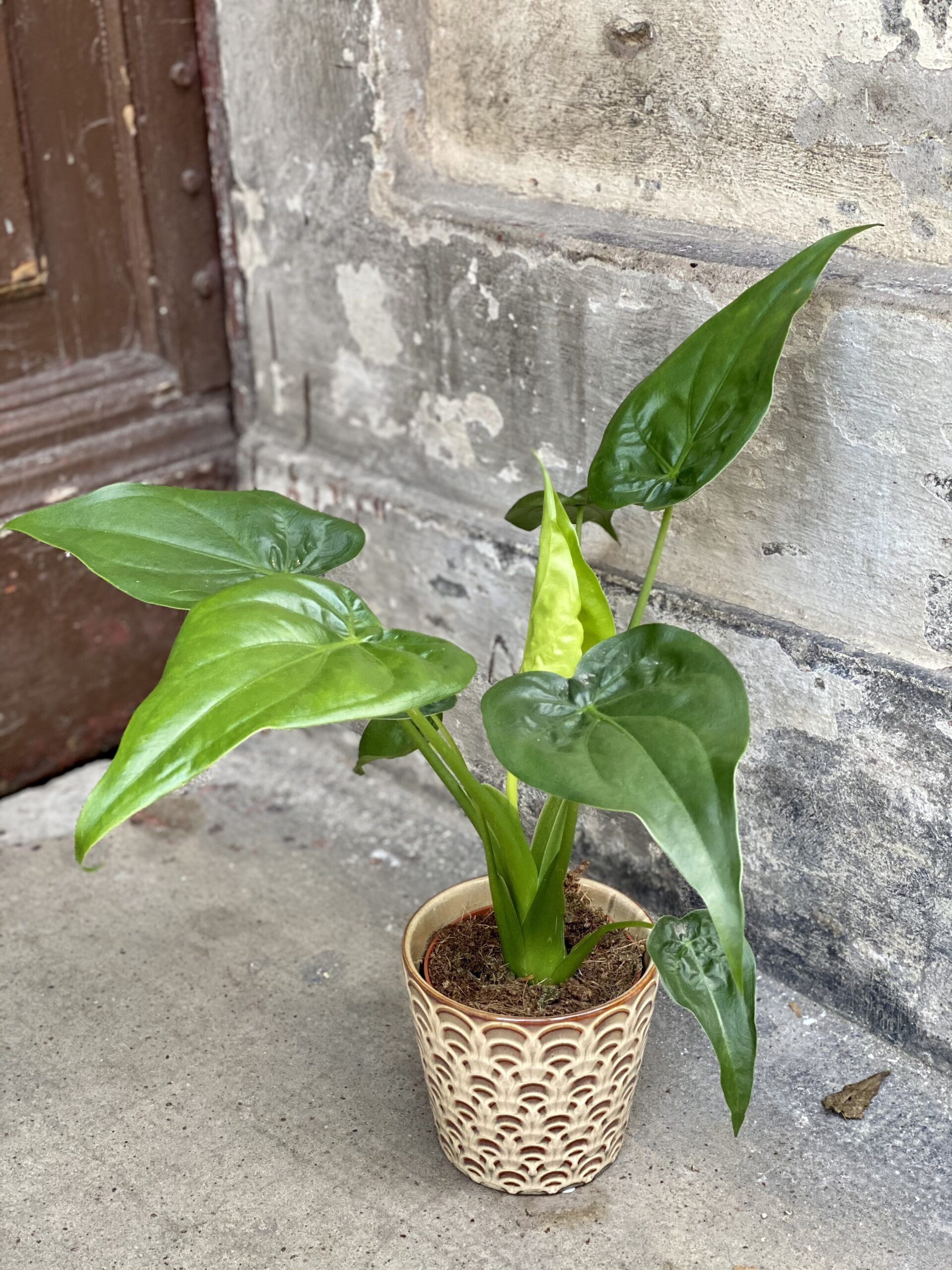
Alocasia cucullata Jungle Boogie
Alocasia cucullata, also known as Chinese Taro or Buddha's Palm, is a unique plant known for its large, heart-shaped leaves and distinctive texture. The leaves of the Alocasia cucullata are thick and fleshy, with a prominent central vein and a slightly raised, textured surface that gives the plant an interesting look and feel..
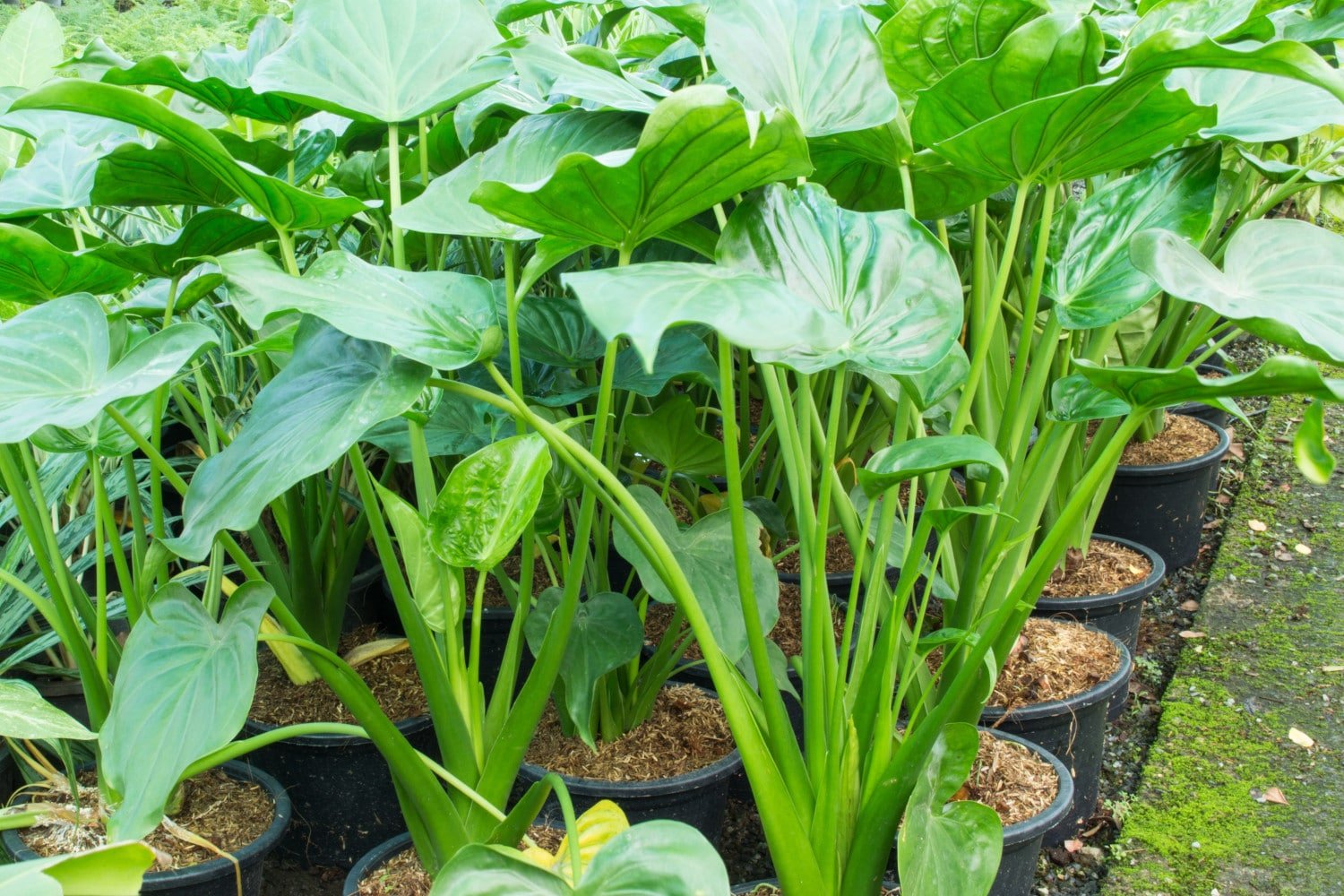
Alocasia Cucullata • kopen & stekken • MijnPlant
The Alocasia cucullata is a tropical plant species and, much like other elephant ear plants, is relatively low-maintenance. It is also smaller than other Alocasia plants, making it a popular choice of houseplant amongst plant lovers. The Alocasia cucullata is often called "Buddha's Palm". It gets this nickname because of its thin stems.
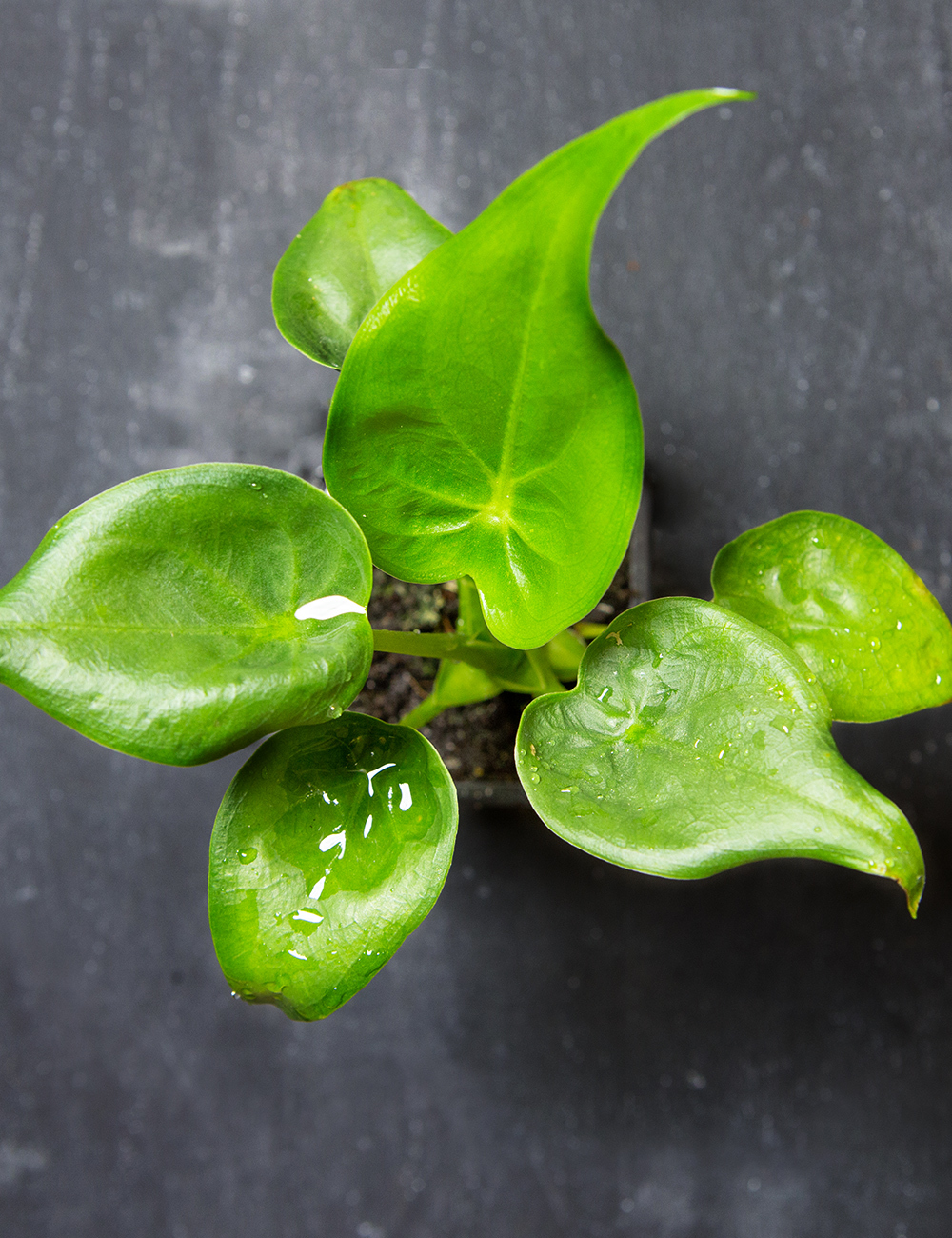
Alocasia Cucullata Tesselaar
Alocasia. Genus description. Alocasia are robust evergreen rhizomatous or tuberous perennials with large, usually peltate, leaves with conspicuous veins; insignificant flowering spathes may be followed by orange-red fruits. Name status. Correct. Advertise here. Find help & information on Alocasia cucullata Chinese taro from the RHS.

Tout ce que vous devez savoir sur l'Alocasia Cucullata MyLittlePlant
Rusticité : Jusqu'à -7°C, Alocasia cucullata peut être placée en extérieur lorsque les températures sont propices. L'alocasia cucullata est une plante tropicale à rhizome ( tige souterraine) cultivée exclusivement en intérieur sous nos latitudes. Facile d'entretien, esthétique grâce à ses feuilles et de petite taille, elle.

Entretien De L'alocasia Plants Photo
L'alocasia se cultive uniquement en pot, en intérieur, en véranda chauffée ou en serre. Un terreau pour plantes vertes enrichi en matière organique est conseillé. Exposition. L'alocasia demande une excellente luminosité, mais pas de soleil direct. Rapprochez-le d'une fenêtre en hiver.
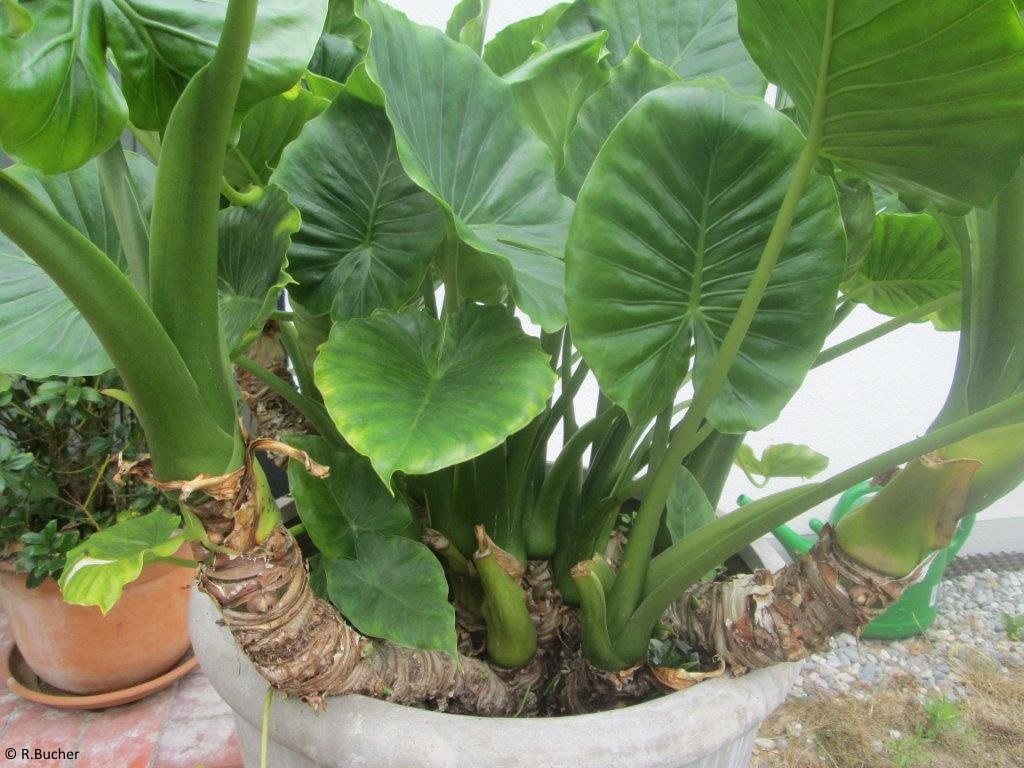
Exotische Nutz und Zierpflanzen Alocasia cucullata
The Alocasia Cucullata is a temperature-sensitive plant. Therefore, keep a close eye on the temperature you keep your Cucullata plant in. Humidity. The Alocasia Cucullata plants grow best in high humidity levels. The ideal humidity range for a Cucullata plant is 65% to 80%. Make sure it does not fall below 60%, as it may lead to dried-up leaves.

Alocasia Cucullata Nature Nursery Central India's Biggest Nursery in Indore
Une brumisation régulière des feuilles lui fera le plus grand bien. Un arrosage lorsque le substrat est sec est nécessaire, en moyenne 2 fois/semaine en été, tous les 10 jours en hiver. On peut ainsi mettre son cache-pot sur une soucoupe d'eau qui s'évaporera autour de la plante. Et pour le combler, offrez-lui une douche de temps en.

Alocasia Cucullata • kopen & stekken • MijnPlant
Origins. Although the term, Alocasia cucullata, was first documented by George Don in 1839, several different names have been described since the 1700s.The basionym (original name), Arum cucullatum, was the species' original name, first penned by João de Loureiro in 1791.He used the Latin word for 'hooded', in reference to the spathe that protects the flower.
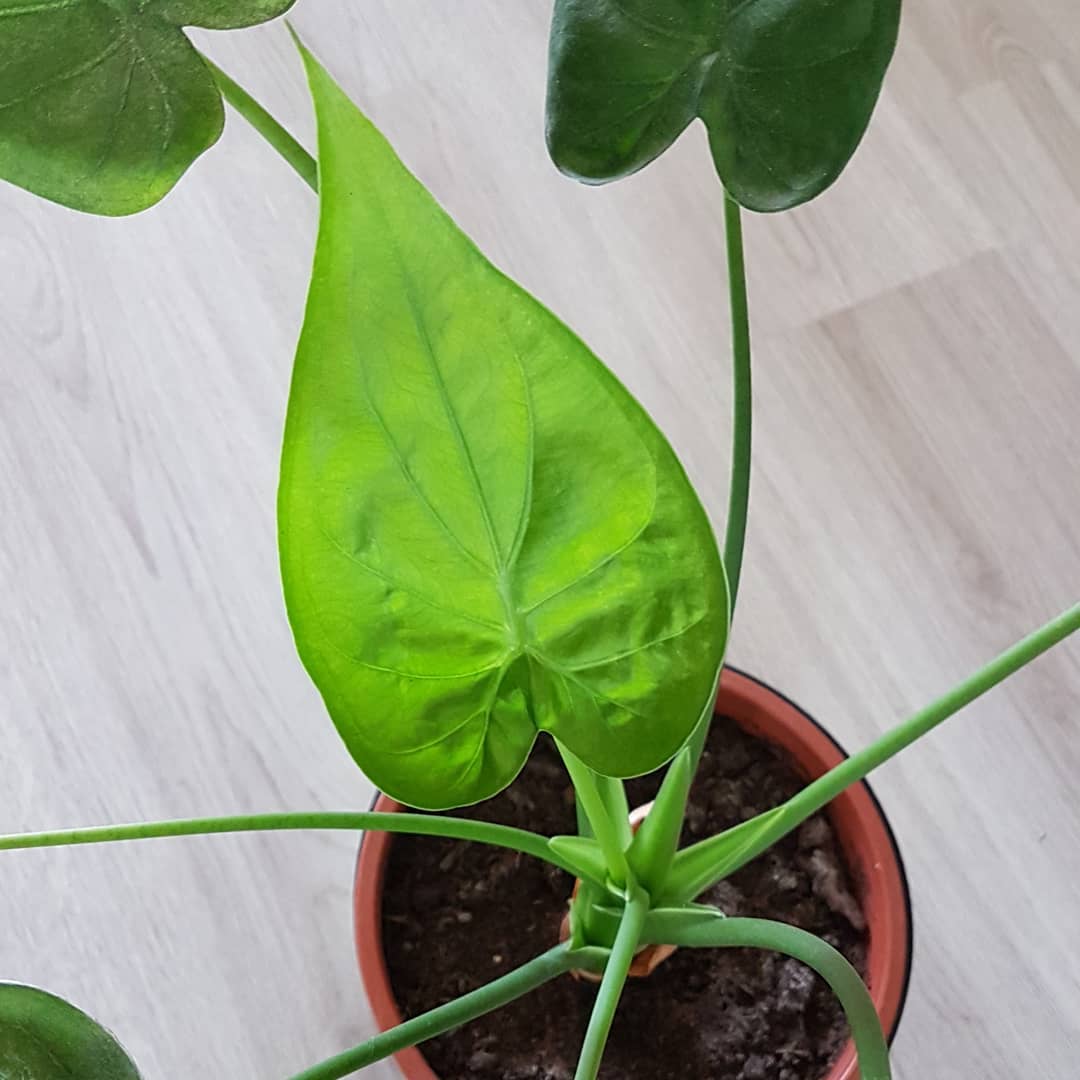
Alocasia Cucullata Nature Nursery Central India's Biggest Nursery in Indore
0.8 cups. every 9 days. Alocasia Cucullata needs 0.8 cups of water every 9 days when it doesn't get direct sunlight and is potted in a 5.0" pot. Use our water calculator to personalize watering recommendations to your environment or download Greg for more advanced recommendations for all of your plants. Water 0.8 cups every.
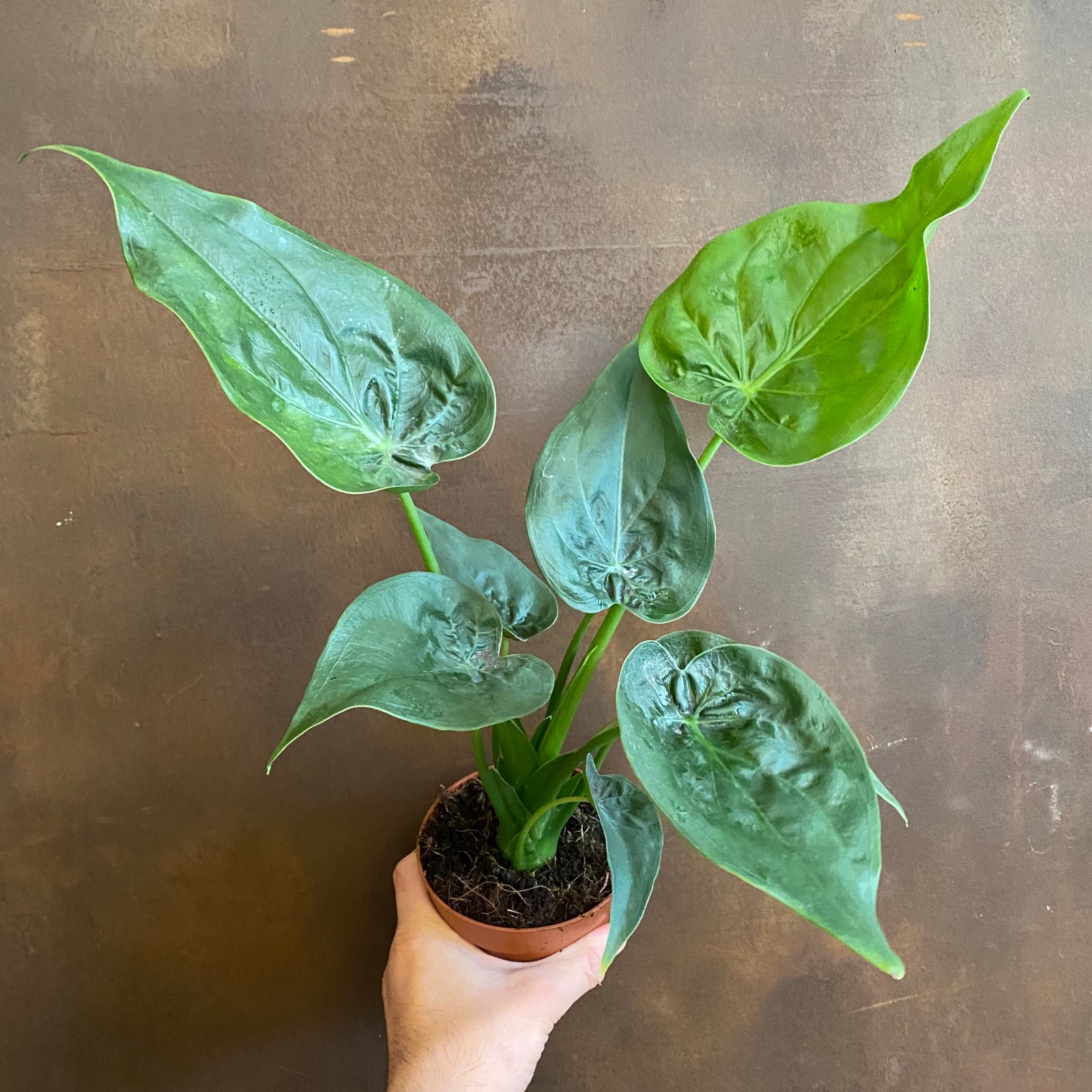
Alocasia cucullata grow urban.
The Alocasia Cucullata 'Hooded Dwarf' is a compact Alocasia known for being smaller and easier to care for than most others in the genus.. Its unique leaves, held atop fleshy stalks, are formed in the shape of a teardrop, or, according to some, open palms.Known sometimes as Buddha's Palm, this plant's thin leaves wave with the slightest breeze. 🙂

Plants found in Singapore Alocasia cucullata
Alocasia cucullata loves warmth. Average room temperature between 64.4F - 71.6F (18-22°C) is ideal for the excellent growth of the plant. Alocasia cucullata is sensitive to temperature. Keep a close eye on the temperature you keep your Cucullata plant in. Avoid temperature draughts.